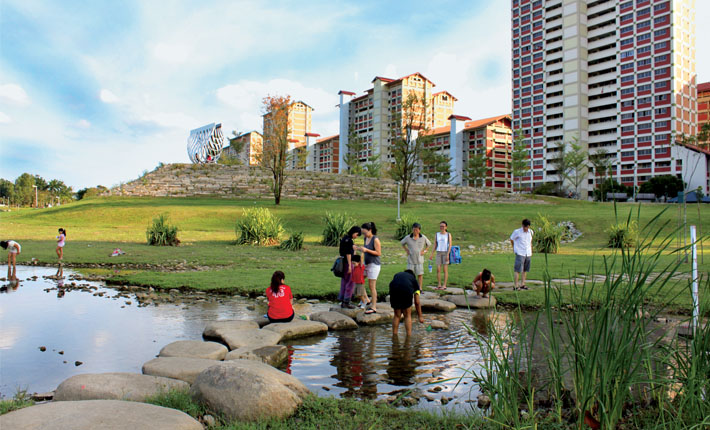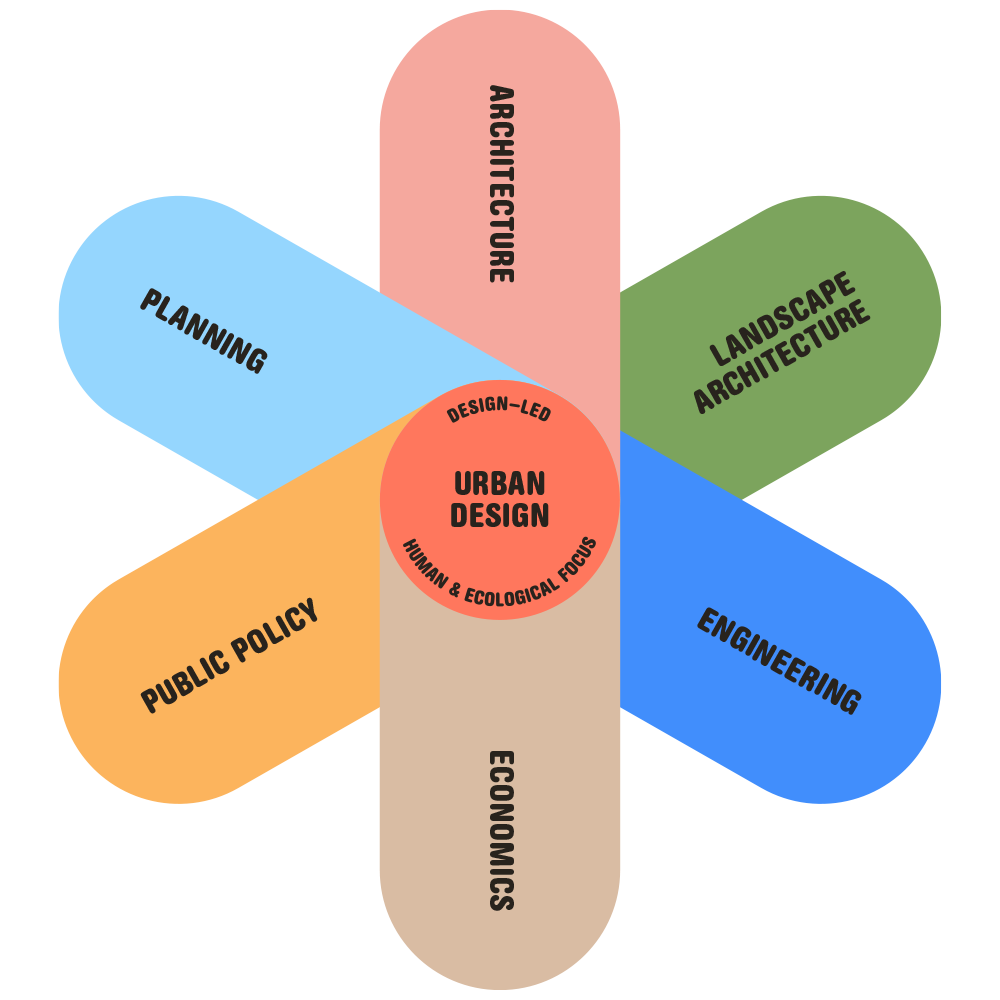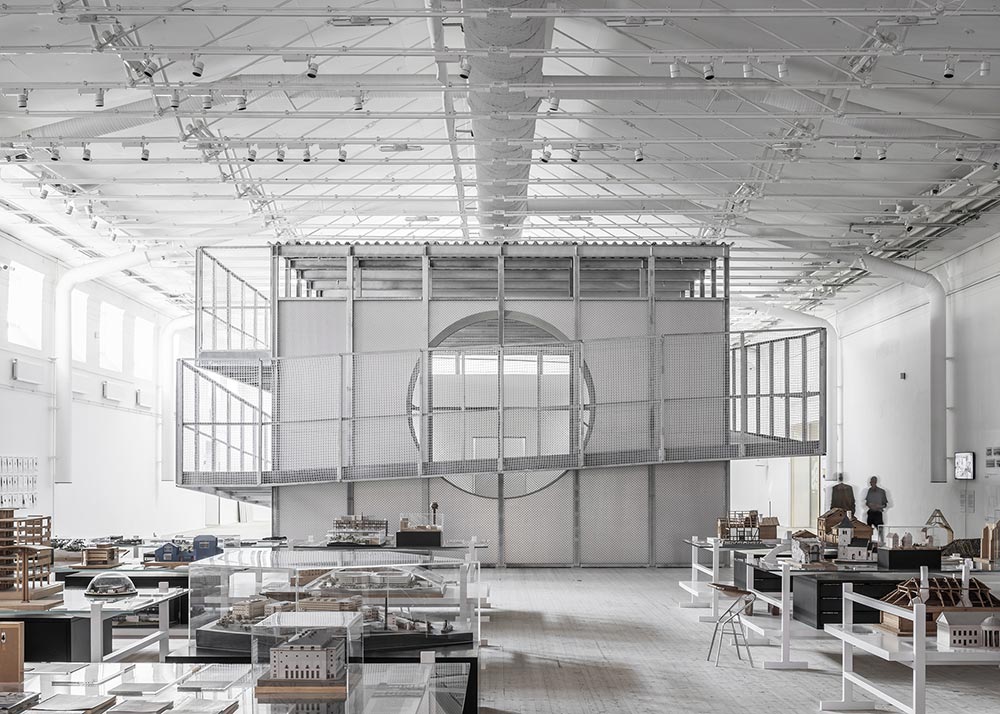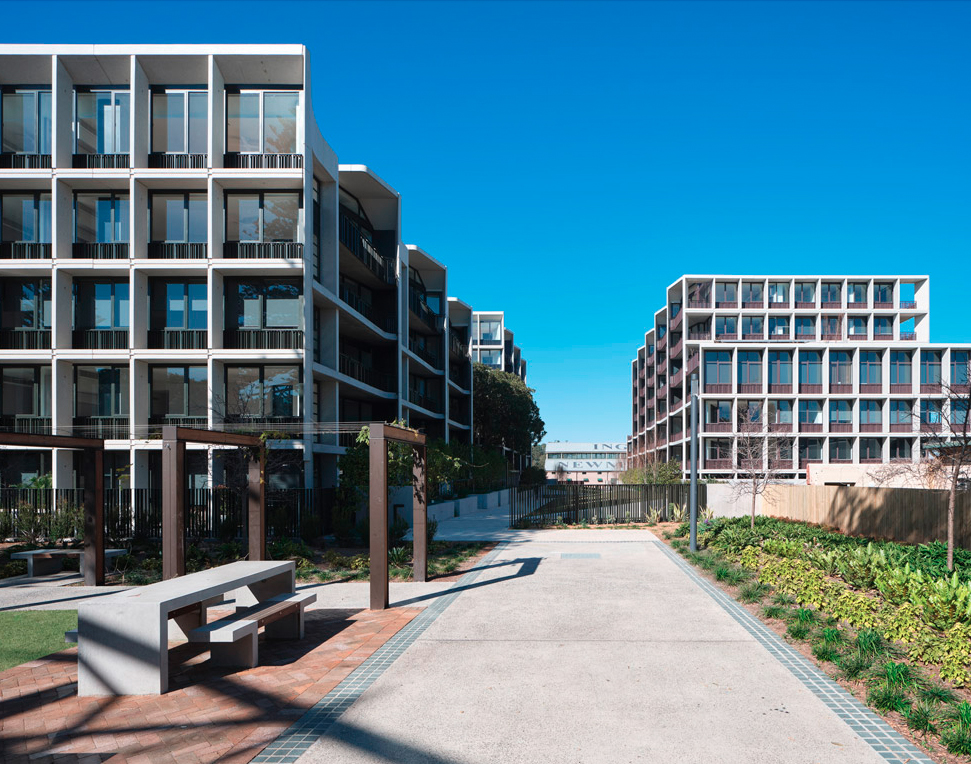
My Liveable City
A global knowledge platform on urban design and city planning, landscape and environmental planning, architectural & building design and innovative technologies.
What is Urban Design?
Urban design is a collaborative process to help shape and design the future form and performance of our cities. Cities are complex, made up of physical elements such as infrastructure, landscape and buildings, but also more intangible elements such as culture, governance and the experiences of those who live there. Urban design coordinates these elements to make cities and neighbourhoods where people want to live, creating places that respond to their context.

Urban design is visionary
Negotiating complex issues and interests, seeking to address current and future problems within our built environments. Through urban design, we pursue an equitable urban environment with a human and ecological focus.
Urban design is a process
Exploring how to improve and protect our urban environments. Often operating at a strategic scale, urban design navigates the intersection of social, economic and environmental factors over a long period of time.
Urban design is an integrated discipline
Bringing together people from diverse fields to collaboratively explore complex relationships in our cities. Urban designers focus on the public realm – all elements of built and unbuilt space – and intentionally shape our urban environments.
The demand for highly skilled urban designers has never been greater. Australia is facing a shortfall of qualified urban designers, owing to lack of understanding of professional opportunities, limited exposure alongside with challenges with accreditation.
Attracting Talent
Urban design is a rewarding, but less known discipline. We map out the career pathways for the next generation of urban designers and provide a platform for increasing the profile of urban design education and the profession.
Education Reform
Urban design demands far more than technical design skills. Operating at the interface of built environment disciplines, urban designers solve complex urban issues. We are working with a number of Australian universities to continue to elevate the standard of urban design education.
Continued Learning
Urban design is a life-long pursuit of continued learning. We offer master classes for built environment professionals including cross-disciplinary workshops, seminars and study tours. For current information, follow us on social media and subscribe to our mailing list.
We support a collegiate profession that promotes the rapid exchange of ideas, and nurtures a new generation of designers. We believe in collaboration – not competition.
Building Community
Our member networks support connection and professional growth. This includes frequent guest speakers and round table workshops, as well as a curated communication platform to share knowledge and career opportunities.
Mentor Forum
Our mentorship program for students and professionals supports the next generation of urban designers to thrive. We partner mentees with experienced professionals to offer mentorship, coaching and career advice. Click here to read more about the Mentor Forum.

We draw upon our individual members and supporters for their expertise and knowledge, collegiality and commitment to creating a better urban future for all.
Business as usual is no longer a choice. Alone our effectiveness is limited, but collectively we can advocate for the change our world needs. We need public policy that puts people and the environment first. We need development processes that provide ‘more good’, not ‘less bad’. We need education programs that attract the best talent and cultivate the next generation of public interest urbanists.
We enable this change, through empowering a more strategic and effective design industry. Our cities’ future is bright, but we need to work together to get there.
Online briefing about Floor Area Ratio and its potential for Victoria, on Friday, October 18, presented in partnership with the Planning Institute of Australia.

Image: The use of density controls has been well established in NSW for decades and delivers certainty and better design outcomes for developers and the community (Newmarket by Smart Design Studio).
One thing we hear about a lot is the need for more certainty in our planning system. The Victorian planning system is undergoing some of the biggest changes in over 20 years, in response to national and state pressures to enable the delivery of more well-located housing and to provide more certainty for developers and communities.
The Victorian Government is favouring ‘deemed-to-comply’ height and setback controls in proposed changes to Rescode and Activity Centres. Would the widespread use of density controls, such as Floor Area Ratio (FAR), be a better way to achieve well-designed and context specific buildings and neighbourhoods? Would this provide more certainty? What do planners, urban designers, economists and developers think? Come join us for this important discussion to find out.
This event was presented in partnership with the Planning Institute of Australia and will feature presentations from:
Kris Daff
Managing Director, Assemble
As Managing Director of Assemble and Make Ventures (MAKE), Kris Daff has over 20 years of experience as a leader in Australia’s property development industry, community housing sector and real estate markets. Kris imparts extensive experience in financial structuring across all industry sectors with a focus on residential development.
Leanne Hodyl
Managing Director, Hodyl & Co
Leanne Hodyl is an established industry leader with 20 years of experience leading urban policy and design projects critical to the future development of Australian cities. Leanne was a key contributor to the Central Melbourne Built Form Review which re-introduced density controls into the central city and has successfully implemented density controls into Fishermans Bend and multiple activity centres.
Andrew Spencer
Senior Associate, SGS Economics and Planning
Andrew Spencer is a Senior Associate at SGS Economics and Planning with expertise spans planning, urban design and urban economics. Andrew has managed many high impact projects – from analysing apartment design standards for the state government to conducting employment land studies for local councils and working with industry associations to identify issues affecting infill supply.

More information on Urban Design Forum Australia's EOY celebrations coming soon.